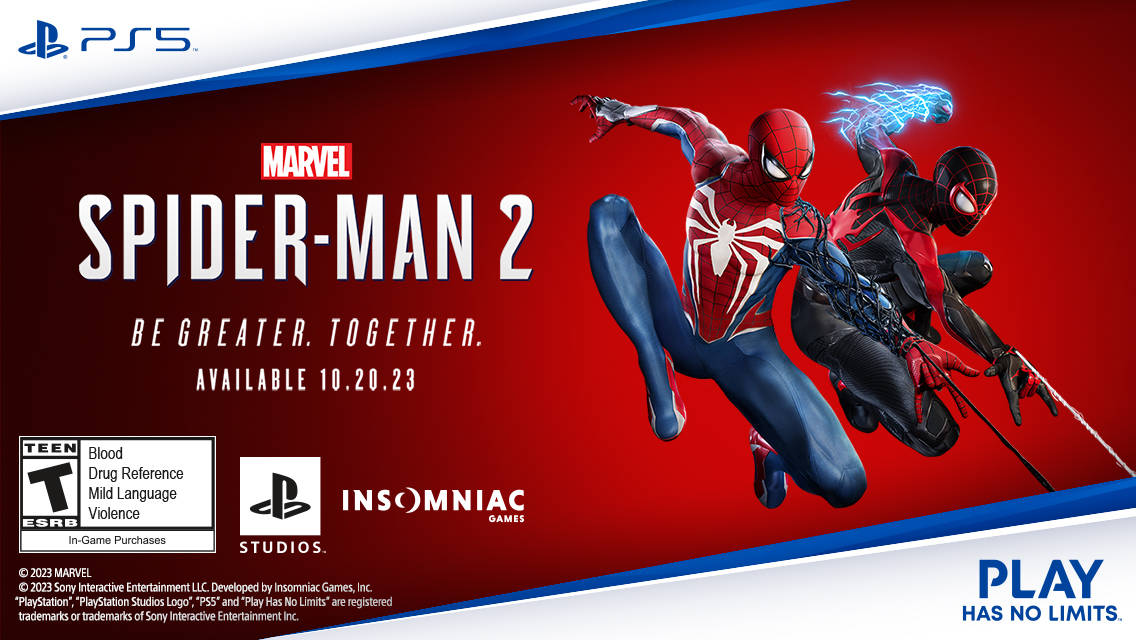The Xenoblade universe is one that’s known for its huge worlds and colossal sense of scale. Images of titanic figures and weapons as tall as skyscrapers have plastered pieces of box art and captured our imaginations, and the premise of Xenoblade Chronicles 2 is no less lofty.
Xenoblade Chronicles 2 takes place in the world of Alrest—if it can be called a world. A vast, unending Cloud Sea covers whatever land may once have existed, while humanity and a few other sentient races survive by clinging to the backs of continent-sized, greenery-covered, living beasts called Titans. It’s a fragile existence, though, and one made even more perilous as these Titans begin to die, sinking beneath the surface of the Cloud Sea and leaving fewer and fewer habitable bits of land.
Enter our hero, Rex, a young man who makes a living by salvaging whatever materials he can find from deep beneath the Cloud Sea (though the one thing he really needs to scavenge, a better pair of pants that isn’t missing the entire crotch region, he never manages to find). After accepting a job from some mysterious new clients, Rex uncovers and accidentally bonds with a hidden weapon: the Aegis, a mythological Blade of incredible power.
Blades in this universe aren’t just weapons, but people, too, and the Aegis appears to Rex in the form of a red-haired young woman named Pyra. The two agree upon one goal: to find the mythological paradise of Elysium, said to be located at the top of the World Tree, where all can live without fighting for space atop the Titans.
Other Blades like Pyra are common in the world, and they’re the central point to the story, combat, and navigation in Xenoblade Chronicles 2. Actually getting Blades (outside of a few scripted events) is a completely random process, and one that has a few benefits and drawbacks. Blade cores can be found around the world, dropped by enemies and located in chests. Bonding with a core causes a random Blade to be born. Some of these are completely unique, with custom designs, names, voice acting, and field skills—such as Lockpicking or Leaping—that can be used to navigate the world outside of combat, while the majority are more generic, with repeating designs and less potential for growth. Even these common Blades, though, can be made useful by sending them off on Merc Missions, which usually take thirty or forty real-life minutes to complete and reward you with a small amount of XP or other rewards.
However, this randomness also has drawbacks. You only need a handful of good Blades for combat, but navigating the world is a different story. While most of the time you’ll only need specific skills to reach extra treasure and bonus rewards, the game does hit you with one or two hard checkpoints in order to progress. In one memorable case, I suddenly needed to have Blades with six levels of Ice Mastery and six of Leaping equipped simultaneously, and up until that point, I had never needed Ice Mastery. As a result, I sat there and burned through about thirty different cores, rolling the dice over and over until enough Ice-element Blades emerged, then had to detour to level up the field skills of a few of them. I got lucky on my rolls, but I could see someone else going through their entire supply of Blade cores. At that point, stopping, grinding, and praying that the RNG works in your favor is the only option.
Of course, Blades are the central point of Xenoblade Chronicles 2‘s combat system. They’re weapons, not just navigators. Each Blade is naturally a fighter, healer, or tank, and comes equipped with a unique set of Blade Artes. After building up some power through auto-attacks, these Artes can be unleashed to deal a mighty blow and add another effect, such as dropping a healing potion somewhere on the field, increasing or reducing aggro, or even (if your AI party members cooperate), setting up a chain of attacks to topple an enemy or launch it into the air. Use enough Artes, and you’ll build up a meter to unleash a powerful elemental Combo attack.
Early-game combat is slow, but it gets more complex as it goes on, with many different abilities and combos triggering at different times. Despite this, the game does a good job of keeping the UI clear and simplified. Blades are mapped to the direction buttons on the left, and can be swapped out during battles. Blade Artes are mapped to the buttons on the right, and, in MMO-fashion, can be used whenever they’re off cooldown. There are a number of other elements in the mix, including elemental resistances and more MMO-style healer/tank/DPS trinity playstyles you can choose for your party members, plus all kinds of accessories, food buffs, and Blade upgrades that can be equipped. For anyone who wants to really dive deep into the system, the depth is definitely there.
Unfortunately, the combat system also has one major flaw, and perhaps the biggest flaw of the entire game: battles are really, really, really damn long. A random encounter can take anywhere from three to ten minutes to defeat; a boss can easily take twenty. Don’t even bother attacking anything more than four or so levels above you; although you can beat it, you’ll be there all day. And the combat, for all its depth, is really not that engaging.
The work and strategy is in your preparation: you can plan ahead to get the right moves, the right Blades, the right accessories, the right party members, and the right buffs. The actual fights, though, consist of watching your character auto-attack until you can deploy an Arte, then repeating the process until you’ve used enough Artes to pull off a Combo, then doing a few quicktime-style button presses for a massive attack. And after all that work, all that set-up, the enemies health bar will move maybe a fraction of a smidgen of a percent. Or maybe a little more, if you outlevel the fight. Then it’s back to the waiting game, waiting on auto attacks to build up Artes and waiting on Artes to build up Combos, over and over.
It’s clear that Xenoblade Chronicles 2 is trying to create an epic sense of scale and realism, seeing enemies with health bars so massive and that deplete so slowly. In my opinion, though, such long battles actually hurt the game as a whole, and not just in the combat aspect.
Let’s say I’ve just arrived on the back of a new Titan, and I see something interesting in the distance. In my way, however, are six or so bats. I realize it’s going to be a twenty-minute fight to even start exploring down that area, and the prospect of such a grind immediately dulls my curiosity. Or let’s say I have a side quest I want to knock out quickly, but I’m not sure of where exactly to go. Well, I took a wrong turn, and now all the enemies have spawned back and I have to fight them again, so maybe I just decide not to complete that side quest after all. Or let’s look at the story, which is telling me I wield the Aegis, a near-mythological Blade with mighty powers beyond what most mortals can comprehend. Why, then, does it take me 80 swings to kill the in-universe equivalent of a rabbit?
It would be another case, too, if the added length made the game any more difficult, but it doesn’t. Within the first few seconds, it’s pretty clear how the fight is going to go. Level is actually a very clear indication of strength; typically, anything at or below your current level is an easy fight, while anything above will be more difficult, with characters starting to get one-shot at around the point enemies are five or so levels higher (though you’re never able to one-shot anything five levels below you). Instead, each battle is more a test of player endurance, repeating the same motions, attacks, and heals that played out in the first thirty seconds of the fight over and over. The worst that can happen in a long fight is that more enemies join the mix—which, in the best-case scenario, means that the fight will just be even longer, and in the worst-case, means that you attracted the attention of something way out of your league, got instantly killed, and now have to start the entire process over.
It’s a real shame, because most of the rest of Xenoblade Chronicles 2 is not a terrible game. It has its upsides: the worldbuilding is intriguing; the continent-sized Titans make for interesting maps to explore; the music is downright gorgeous. Even the combat system itself, barring the length, has a solid core and a lot of potential for depth. It also has a few downsides: map markers can occasionally be confusing; characters shout over one another non-stop during the combat cacophony; most of the character designs are straight out of an over-the-top anime (cat girls, giant robot mecha maids, it has it all).
It’s clear, though, that there was a lot of work and a lot of love put into this game, and for someone with a lot of time on their hands, there’s definitely a wide amount of content and a fascinating story to uncover. For myself, however, I’m content to leave the game be after defeating the final boss—no amount of treasure or hidden secrets I might have missed is worth battling my way through another horde of enemies to get to.
|
★★★☆☆
A wide-sweeping game with an ambitious story, Xenoblade Chronicles 2 offers up an intriguing world to explore. Unfortunately, confusing map markers and a padded-out combat system make actually exploring more of a chore than is necessary. |
Developer Monolith Soft Publisher Nintendo ESRB T - Teem Release Date 12.01.17 |
| Xenoblade Chronicles 2 is available on Nintendo Switch. Primary version played was for Switch. Product was provided by Nintendo for the benefit of this coverage. EGM reviews on a scale of one to five stars. | |

Emma’s early gaming was mostly done in secret, as the only gamer in a family of normal people. She still retains skills from this dark period in her life, such as the ability to teleport instantly across the house away from the computer, and holds a gold medal in the Olympic sport of “Hide the Gameboy.” Sorry, Mom, now you know.





